who was leonardo da vinci | from Florence to Milan
Leonardo da Vinci spent his youth in the city of Florence, at a time of artistic and cultural evolution.
While still working with Verrocchio, Leonardo, aged 24, was accused and arrested for sodomy with a 17-year-old. At the time, homosexuality was considered a crime in Florence. However, he was acquitted, although he was forced to pay a fine and undergo public humiliation.
Afterwards, he went to live in Milan, Rome and France.
The Last Supper
Between the years 1495 and 1498 he painted The Last Supper, a work which depicts Jesus alongside the 12 apostles.
Its measurements are 9 meters wide and 4.6 meters high. It is currently on display in the Santa Maria delle Grazie Church (Milan).

Who was Leonardo da Vinci | Mona Lisa
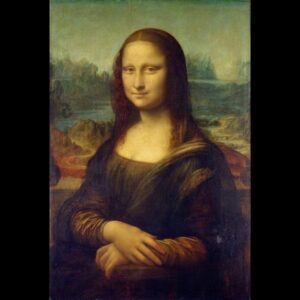
Mona Lisa was one of Leonardo da Vinci’s most controversial works, as many claimed that he portrayed himself in the Mona Lisa.
However, the model Leonardo used as inspiration was Lisa del Giocondo, wife of a silk merchant, so the work is better known in Italian as La Gioconda.
For the world, the denomination comes from “mona”, that is, a designation chosen because it derives from “madonna” (madam or lady). The work is 77 centimeters high by 53 centimeters wide.
The artist has modified the work several times over the years.
It was sold to King Francis I (France), where it remained until the French Revolution. After that, it was “stolen” by an Italian citizen who defended his stay in Italy.
It is currently on display at the Louvre, Paris (France).
who was Leonardo da Vinci | the relationship with the Church
Leonardo also worked for the Church, formed friendships with powerful people, and achieved a certain fortune.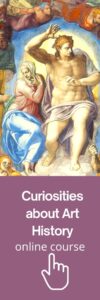
In 1502 he was sponsored by Lorenzo de’ Medici, known as “the Almighty of Florence”.
Da Vinci, in this way, was appointed architect and general engineer of the Marche and Romagna regions by César Borgia (Captain General of the army and son of Pope Alexander VI). Another admirer of his works was Ludovico Sforza (Duke of Milan).
He cultivated countless enemies as powerful as himself.
Michelangelo was moody, celibate and hardworking, regarded as one of the greatest Western artists and the architect of the famous St. Peter’s Basilica (seat of the Catholic Church in Rome) disliked Leonardo. The reason was due to Da Vinci’s homosexuality, dress and sumptuous manners of behavior.
The only frontier respected by the artist Da Vinci was the Church, because in addition to being an institution represented throughout Europe by Catholic bishops and priests, it was also his main client for his works and sculptures.
To know who was Leonardo da vinci we must look to cipher messages
According to Professor Sarah B. Benson, in the Renaissance artists did not expose their beliefs and convictions in paintings requested by the Church. Therefore, the artist manifested himself in the works through symbols and cipher messages:
“He actually smeared a number of non-Christian symbols in his paintings – ranging from the ones that now appear in cinema and have been quoted by Dan Brown (– to painting himself as John the Baptist and the angel Gabriel in some works).”.
In the work The Virgin of the Rocks, for example, he introduced plants used in magical rituals.
who was Leonardo da Vinci | death in France and the artistic and scientific legacy
The genius Leonardo da Vinci died at the age of 67, on May 2, 1519, in Cloux (France). It is said that he died in his sleep and wanted his coffin to be accompanied by 60 beggars. He was buried in the church of Saint-Floretin in Amboise (France).
His legacy is quite numerous, including paintings, drawings and manuscripts. Some of his paintings—just over 20—have been preserved to this day.
To know who was Leonardo da Vinci we have to mention the prototypes of inventions made only centuries later, such as the parachute, the battle tank and the diving suit (a waterproof garment with a breathing apparatus that allows divers to work underwater).

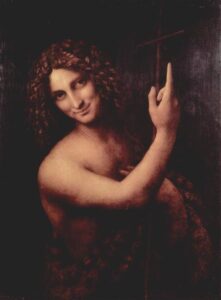
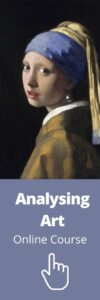

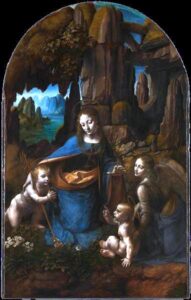
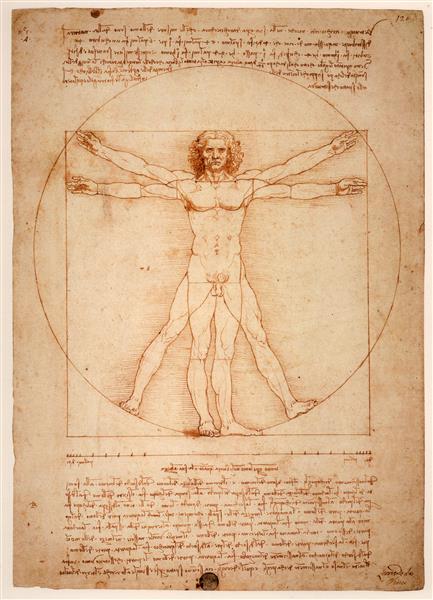




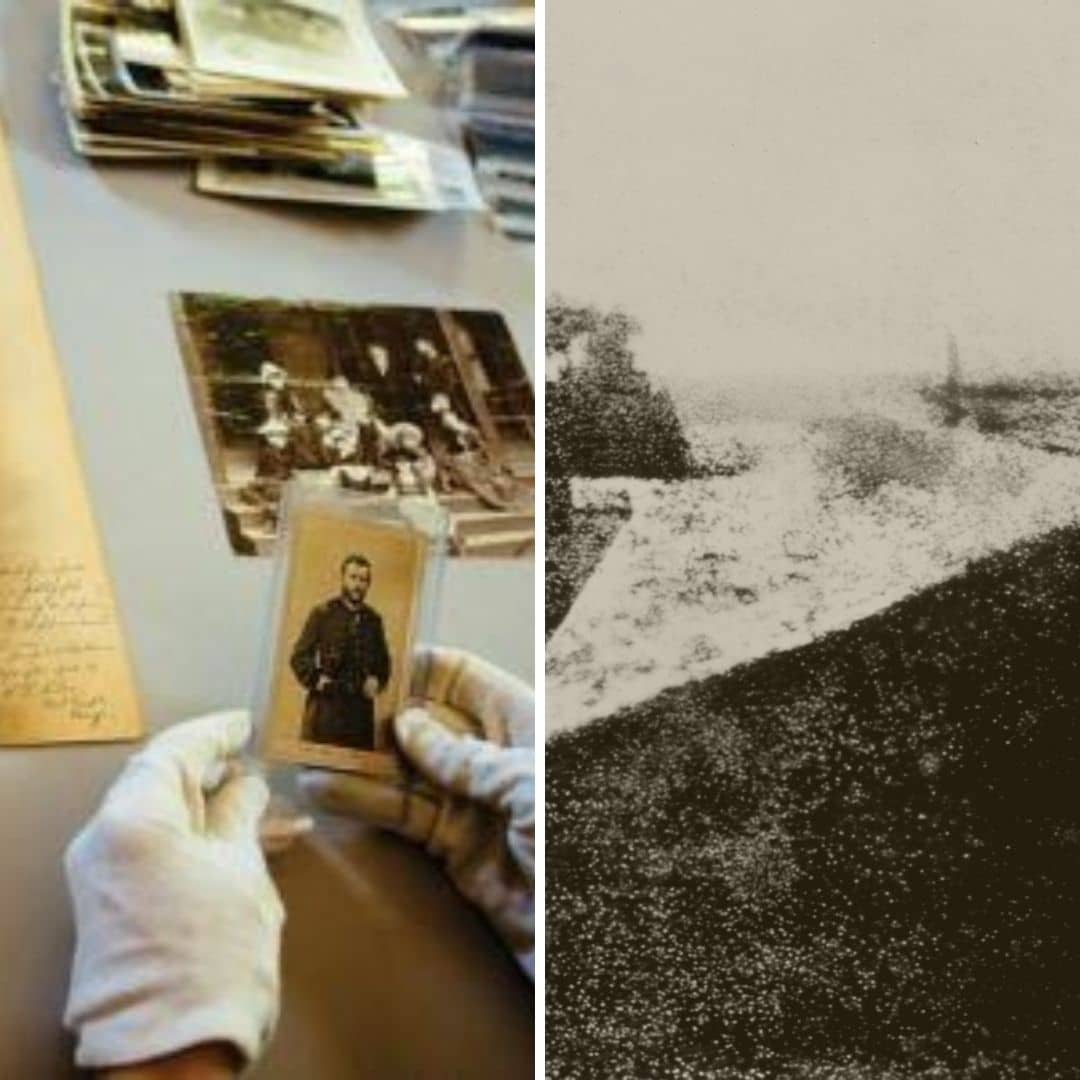
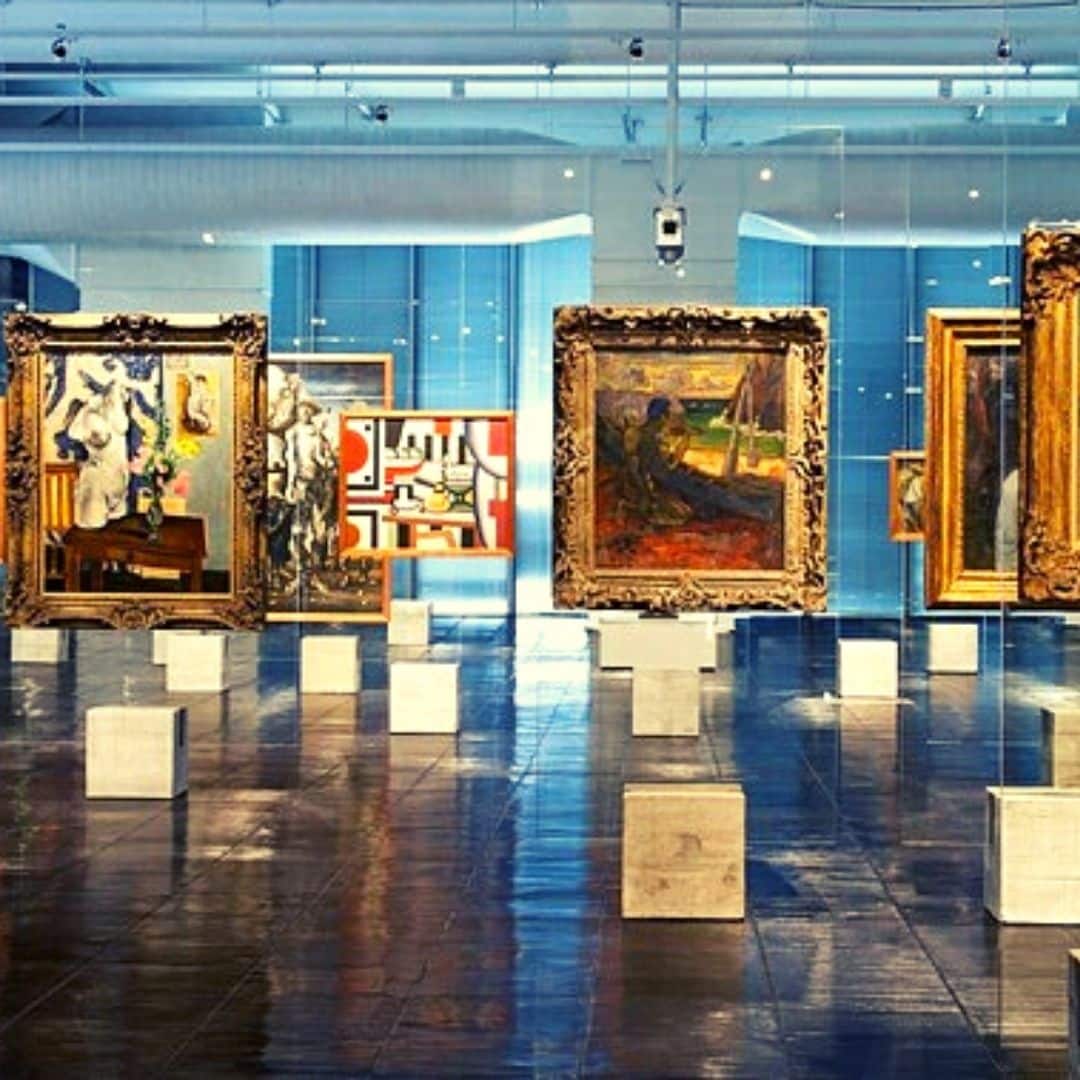
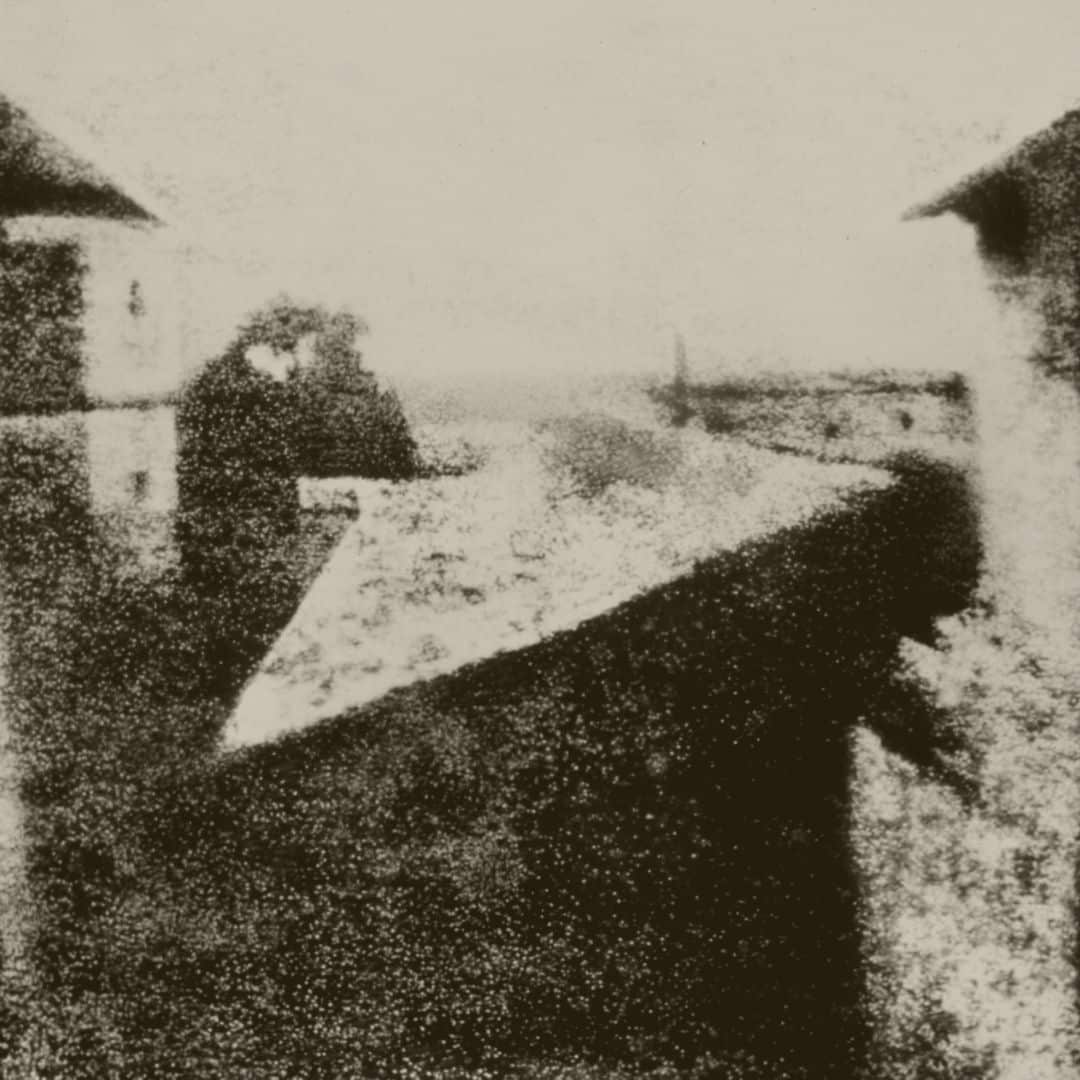
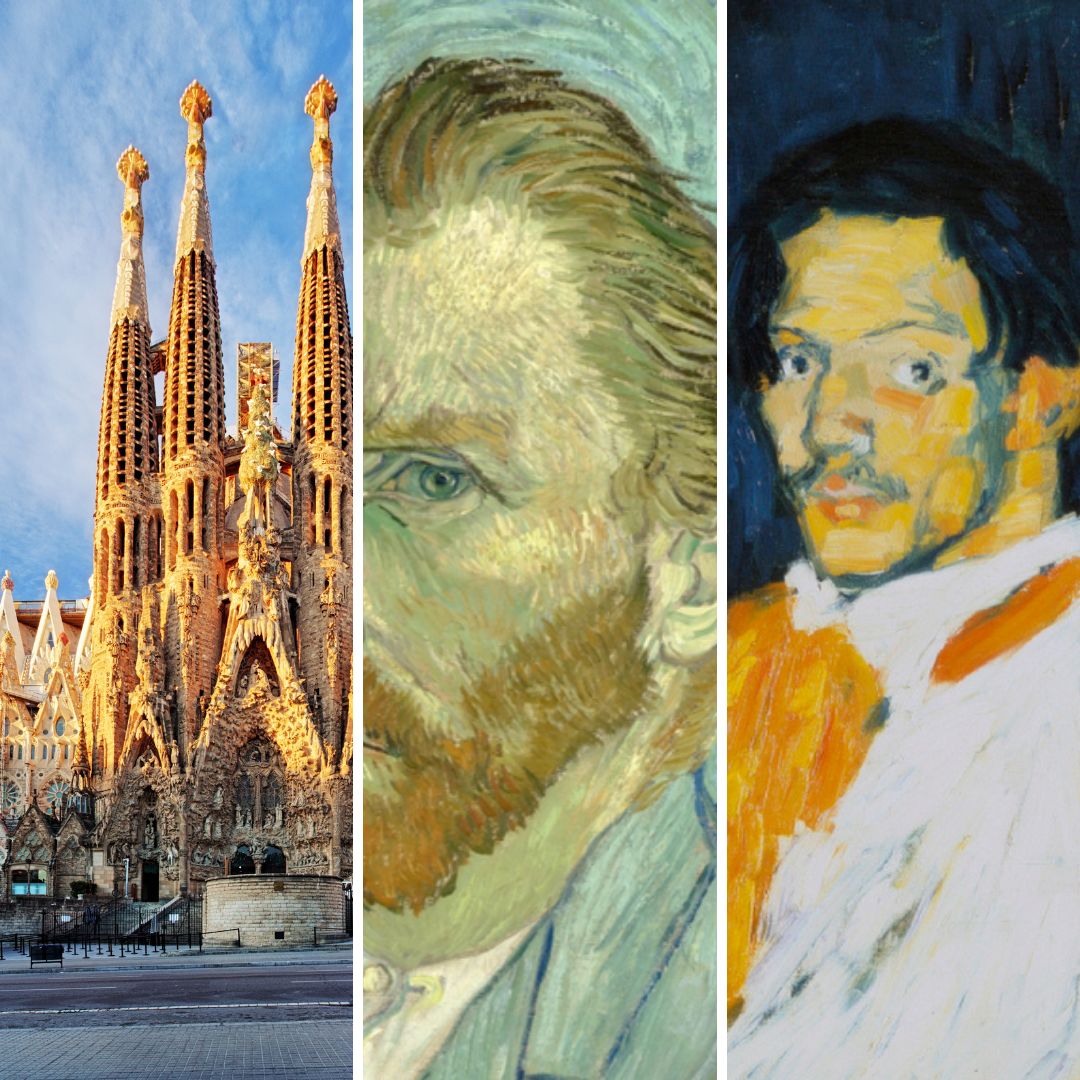
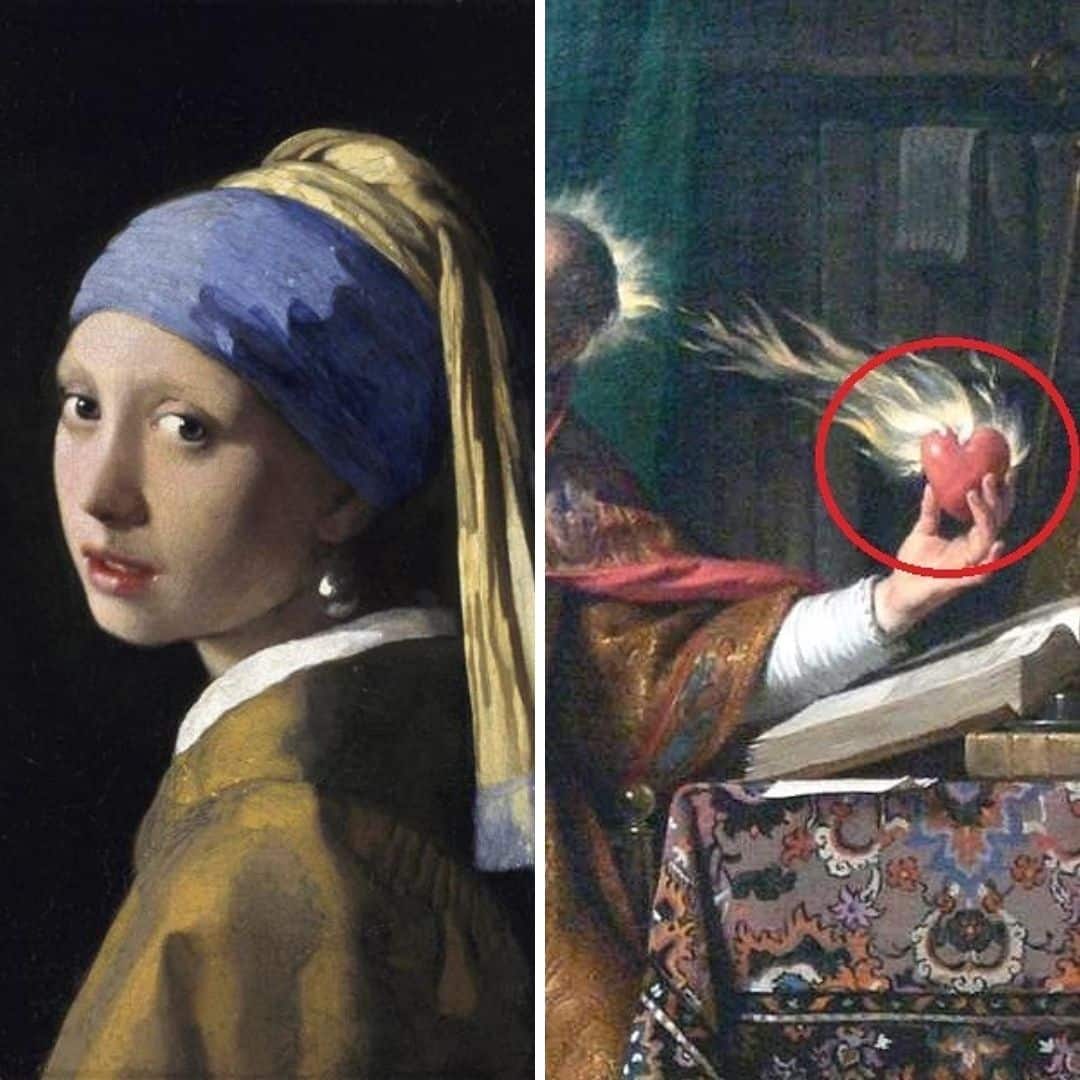
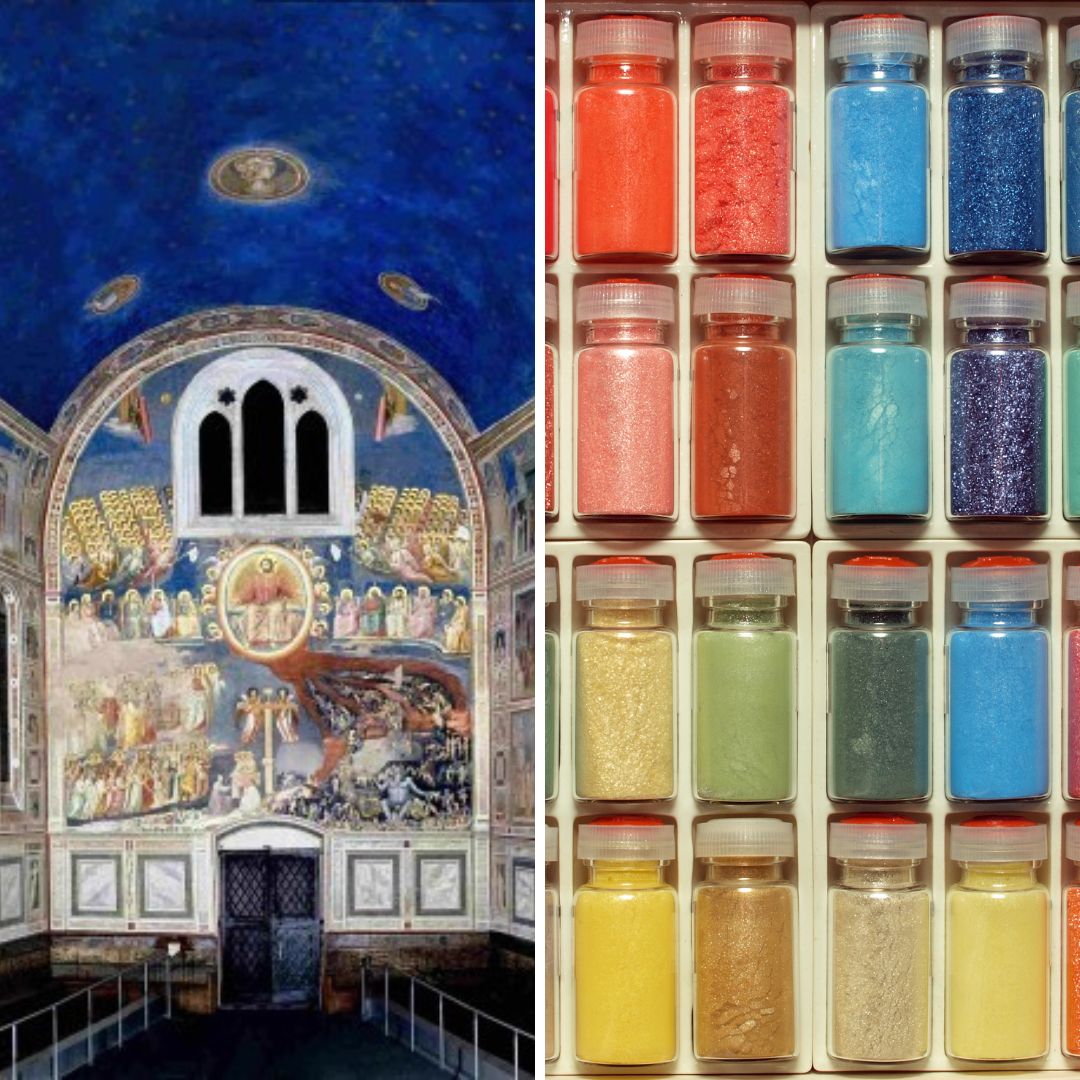
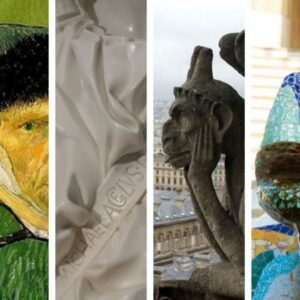

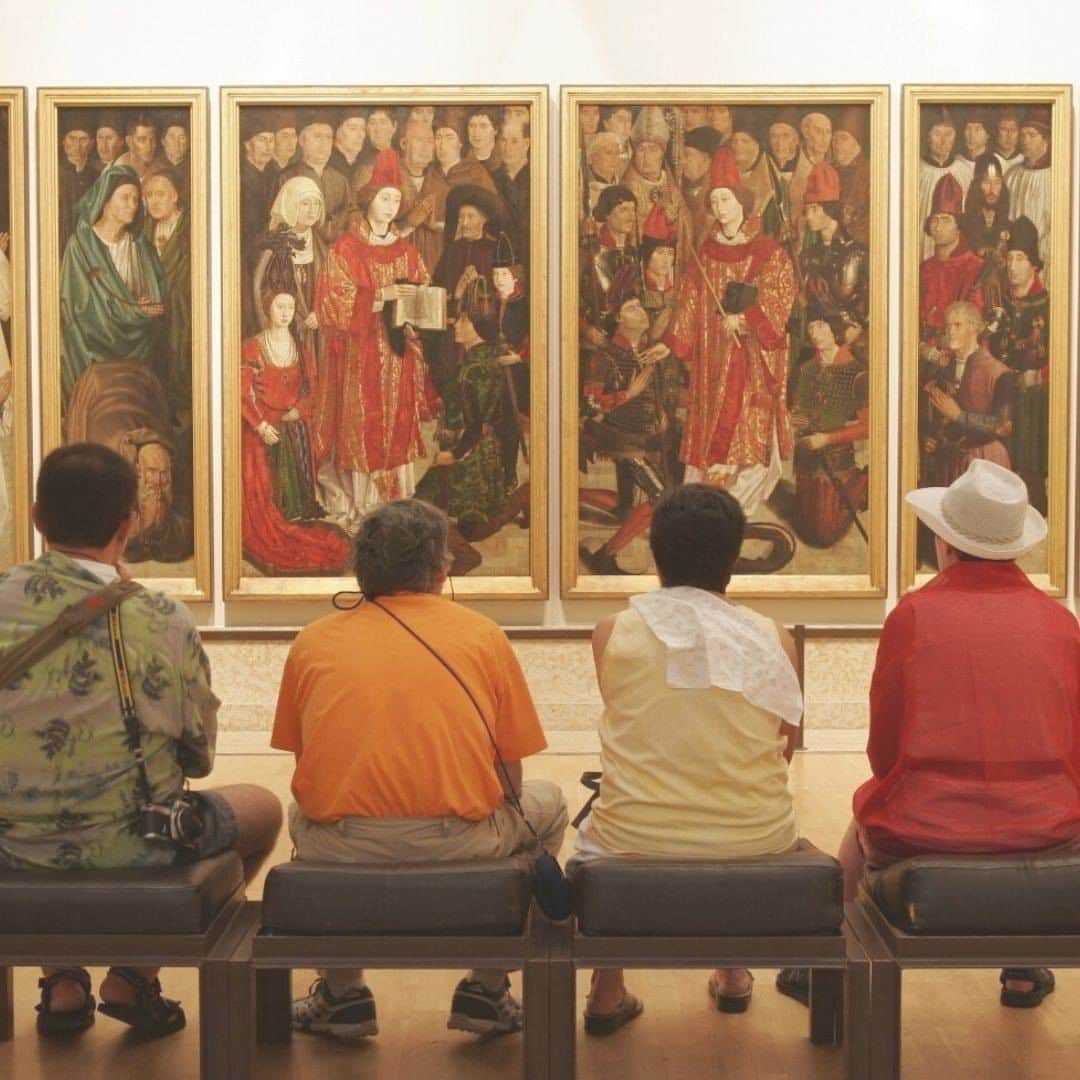
3 Comments.
Thanks for any other informative blog. The place else could I get that type of information written in such a perfect method? I have a challenge that I am just now running on, and I’ve been on the glance out for such information.|
I just could not depart your web site prior to suggesting that I really enjoyed the usual info a person provide in your visitors? Is going to be again continuously in order to inspect new posts|
This is a great tip particularly to those fresh to the blogosphere. Brief but very precise information… Thanks for sharing this one. A must read post!|